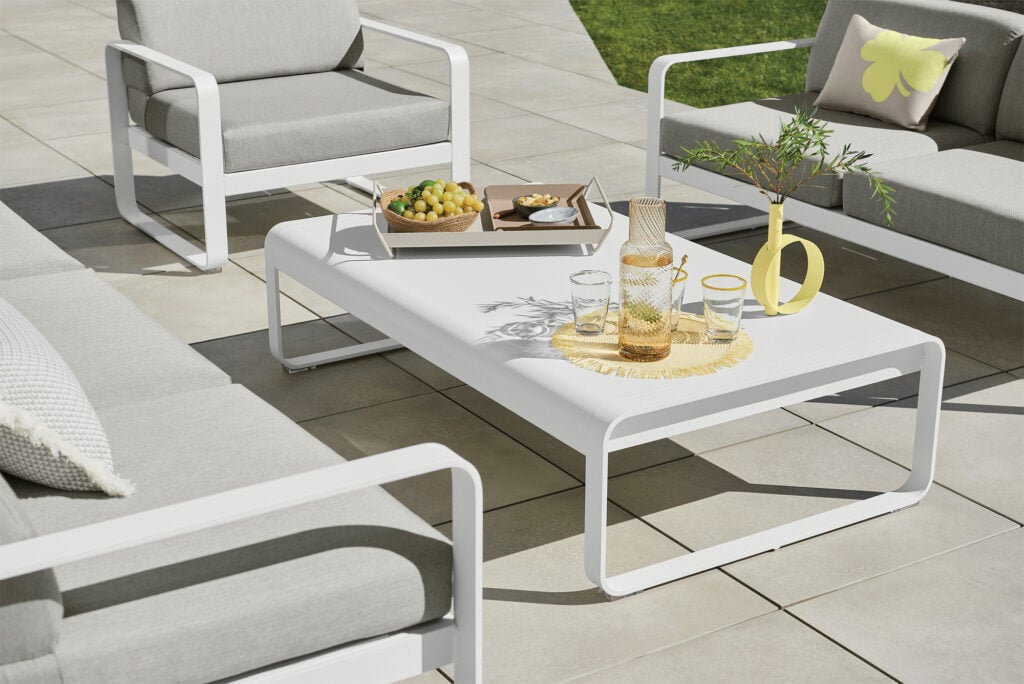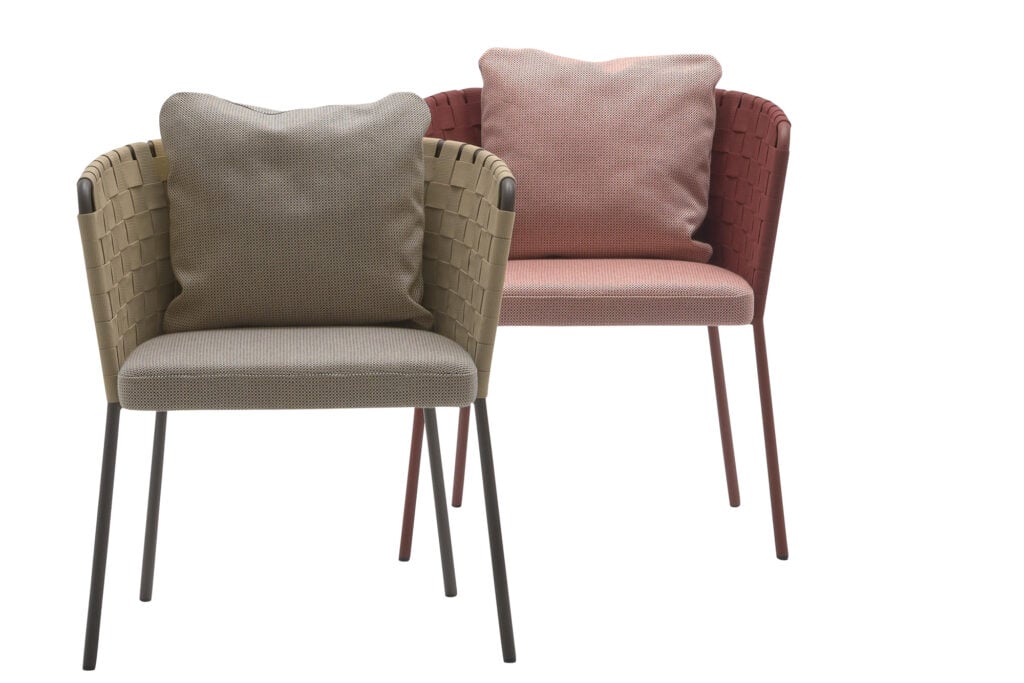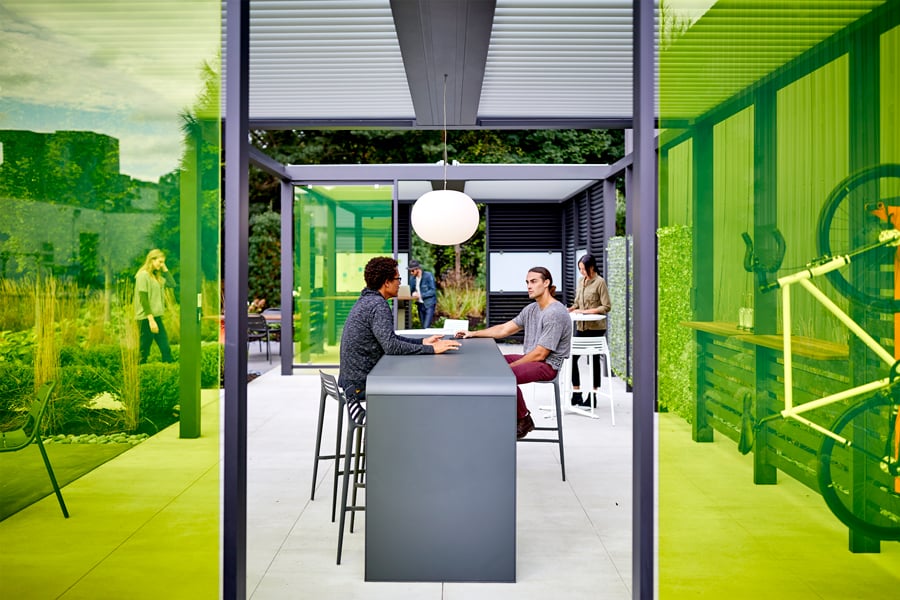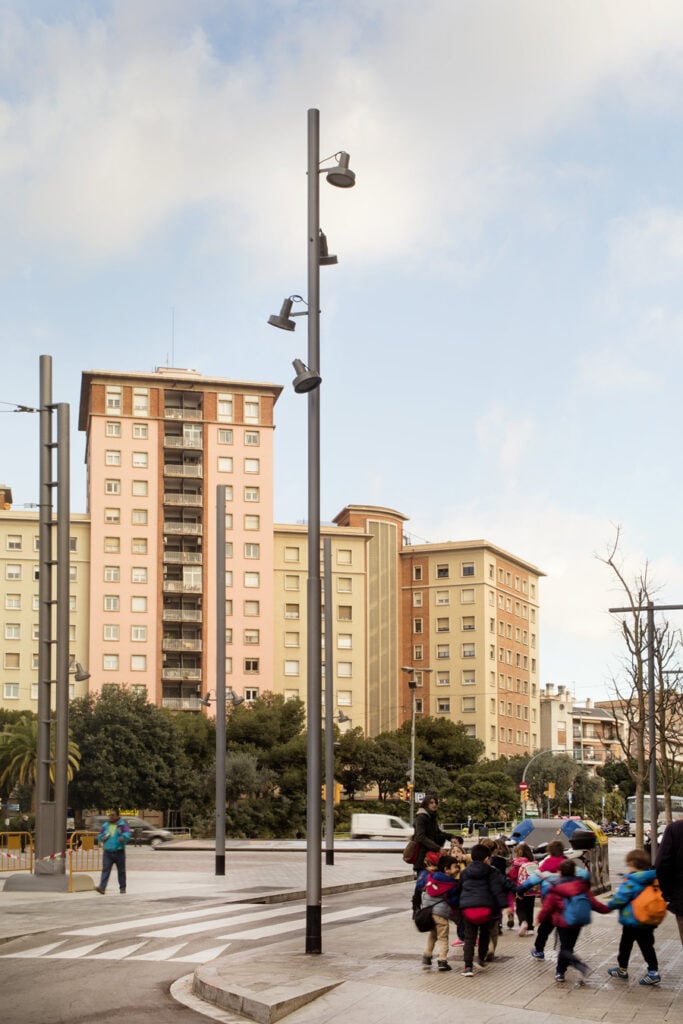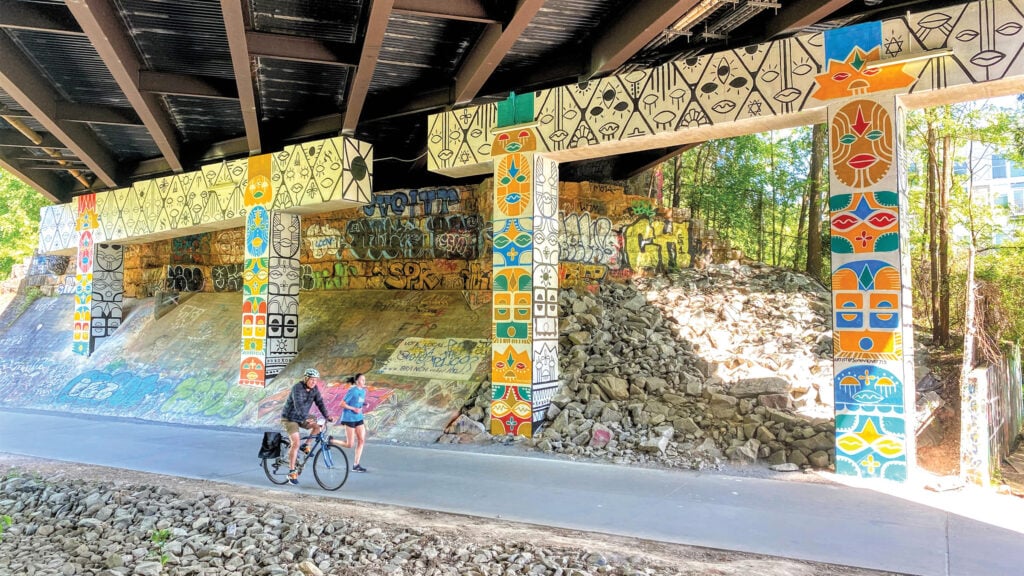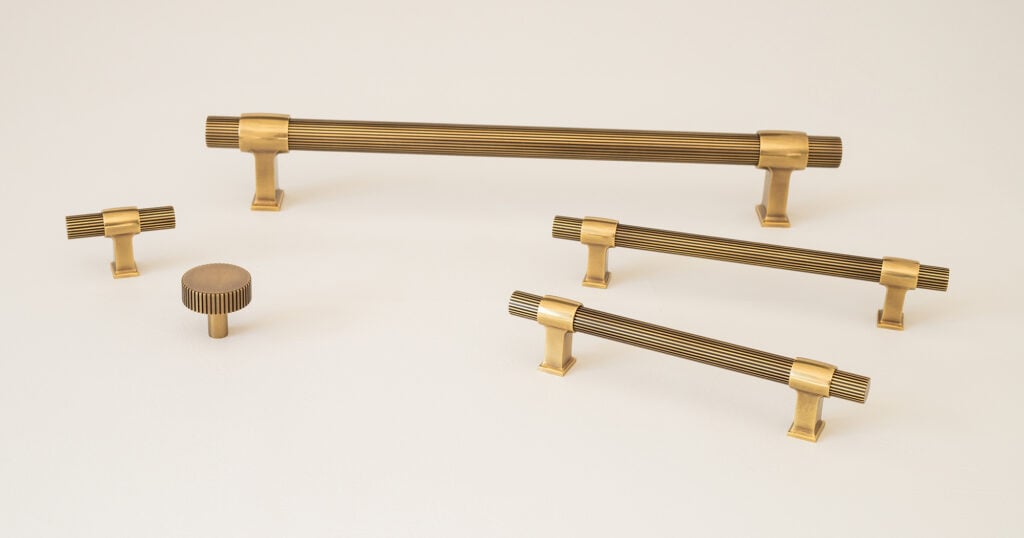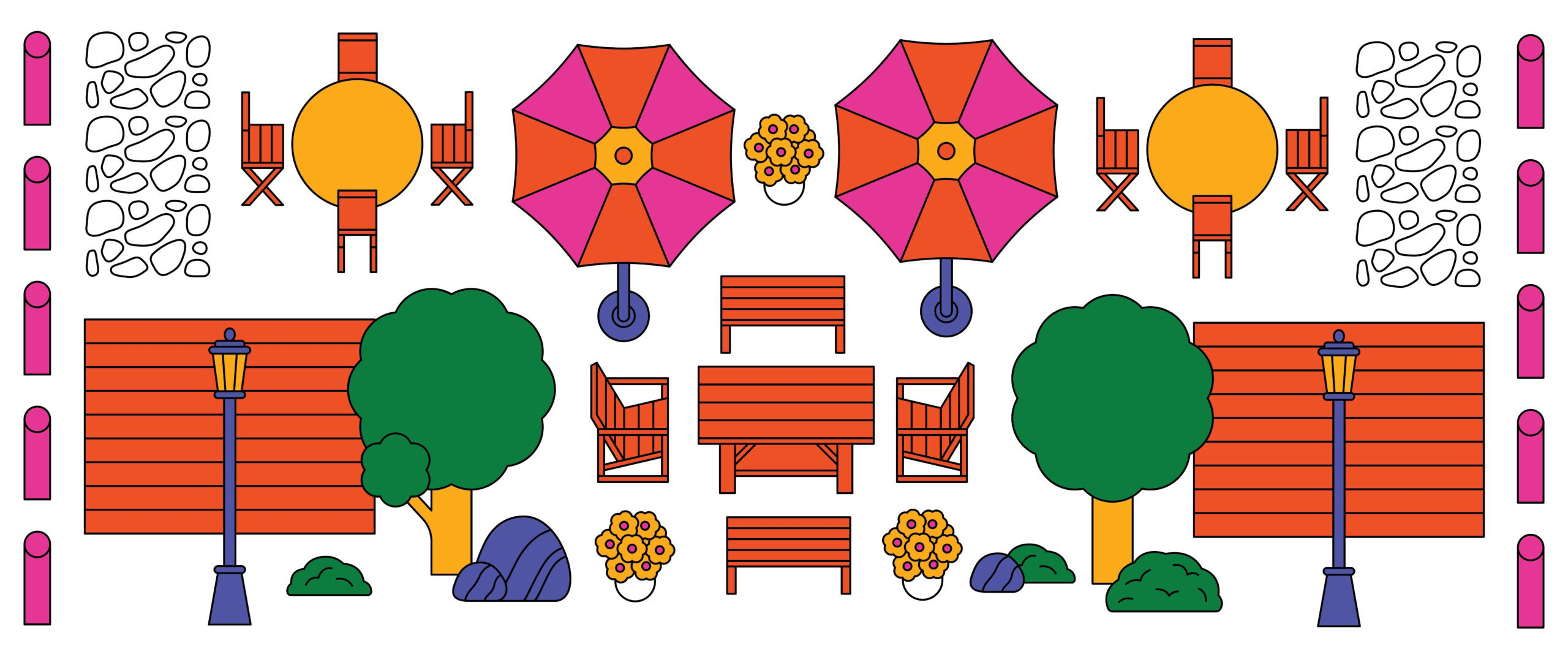
Why Product Performance and Maintenance Are Vital for Outdoor Amenities
When it comes to outdoor spaces, materials should never be an afterthought. “Clients want specific performance and manufacturing details for products. Maintenance and durability is a priority,” says Ana M. Cubillos Torres, architectural designer at Marvel Architects. Not only do materials need to be maintained throughout the project’s life, but clients should be aware of how parts can be reused and/or recycled. Emily Gordon, associate at MNLA, adds: “We need to think about maintenance of the living components of the landscapes, preemptively investing in soil and plantings to make sure those systems are cared for. Sometimes, clients are willing to invest upfront to meet their sustainability goals but have no plan for investing in maintenance.” The resources below shed some light on these critical considerations, but performance and maintenance best practices need further investigation and development.
Scroll down for a list of design and architecture resources or consult the full METROPOLIS Outdoor Amenities Resource.
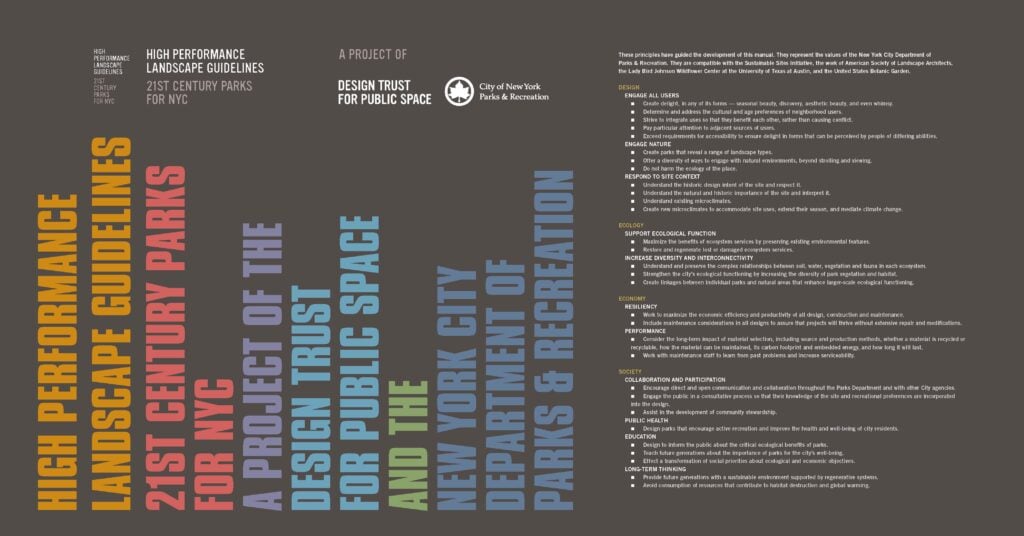
NYCParks, High Performance Landscape Guidelines
Responding to the myriad urban environmental issues that will be further exacerbated by climate change, NYC’s High Performance Landscape Guidelines is intended as a comprehensive framework for designing responsive, multifunctional green spaces at every scale found within the city. The guidelines, developed by New York City Parks and Rec and the Trust for Public Land are applicable to other large and mid-sized cities, and cover every stage of project development, from site assessments to operations and maintenance, while also providing devoted sections to the topics of soil, water, and vegetation. Intended for all future parks in NYC, the guidelines outline the unique constraints of the various conditions that typify New York’s open spaces, from waterfronts and brownfields to pocket parks, plazas, and playgrounds.

SITES Section 5: Materials Selection
In outdoor spaces, despite the often heavy proportion of vegetation, materials remain one of the most resource-intensive, and costly, aspects of a project. They also represent one of the clearest ways to reduce a project’s carbon footprint and avoid detrimental environmental impacts. Section 5 of the SITES rating system focuses on materials selection, detailing the various prerequisites and credits, along with recommended strategies. Broken into broad categories of salvage and reuse, recycled-content and regional materials, and supporting transparency and sustainability in manufacturing, the outlined strategies are useful guideposts for the early stages of a project.

SITES Section 8: Operations and Maintenance
The Operations and Maintenance section of the SITES rating system doubles as a checklist for how to ensure that the ongoing management of designed landscapes avoids unnecessary environmental impacts to local ecosystems and water resources, as well as human occupants. The section includes strategies for how to lower a landscape’s energy-use intensity or how to avoid harmful chemicals and soil amendments—but the first prerequisite alone, which requires that a team develop a long-range maintenance plan to ensure that landscape systems perform as intended over a project’s life, would have an extraordinary environmental impact if applied to even half of all designed landscapes.
Related Articles on Outdoor Product Performance
Read More
Products
10 Sustainable Furniture Pieces for the Outdoors
These pieces of outdoor furniture can help us work outdoors, extend indoor spaces, and connect with nature.
Products
Four Outdoor Furniture Options for the Workplace
As interior designers use biophilic features to bring the outside in, the idea of adding more outdoor office spaces to immerse workers in nature is also gaining traction.
Products
These Cabana-Like Modules Re-Create the Workplace Outside
Emphasizing modularity and customizability, a new furniture system aims to activate outdoor space.
Products
These 4 Outdoor Lights are Dark Skies Friendly
Outdoor lights that have the International Dark-Sky Association (IDA) seal of approval are sensitive to their impact on humans and other forms of life.
Viewpoints
Can Designers Combat Light Pollution by Embracing Darkness?
In our over-lit cities, lighting designers are fighting back on behalf of darkness and night—not to mention public space and urban vitality.

Explore the entire Outdoor Amenities Resource here.
The Outdoor Amenities Resource was produced in partnership with Expormim, KFI Studio, Landscape Forms, and Tuuci, with the participation of RIOS, SWA Group, Marvel Architects, Matthews Neilsen (MNLA), Climate Positive Design, and Perkins&Will.
Would you like to comment on this article? Send your thoughts to: [email protected]
Latest
Projects
The Project That Remade Atlanta Is Still a Work in Progress
Atlanta’s Beltline becomes a transformative force—but as debates over transit and displacement grow, its future remains uncertain.
Profiles
WAI Architecture Think Tank Approaches Practice as Pedagogy
Nathalie Frankowski and Cruz García use their practice to help dismantle oppressive systems, forge resistance spaces, and reimagine collective futures.
Products
Functional Beauty: Hardware That Does More Than Look Good
Discover new standout pieces that marry form and function, offering both visual appeal and everyday practicality.



